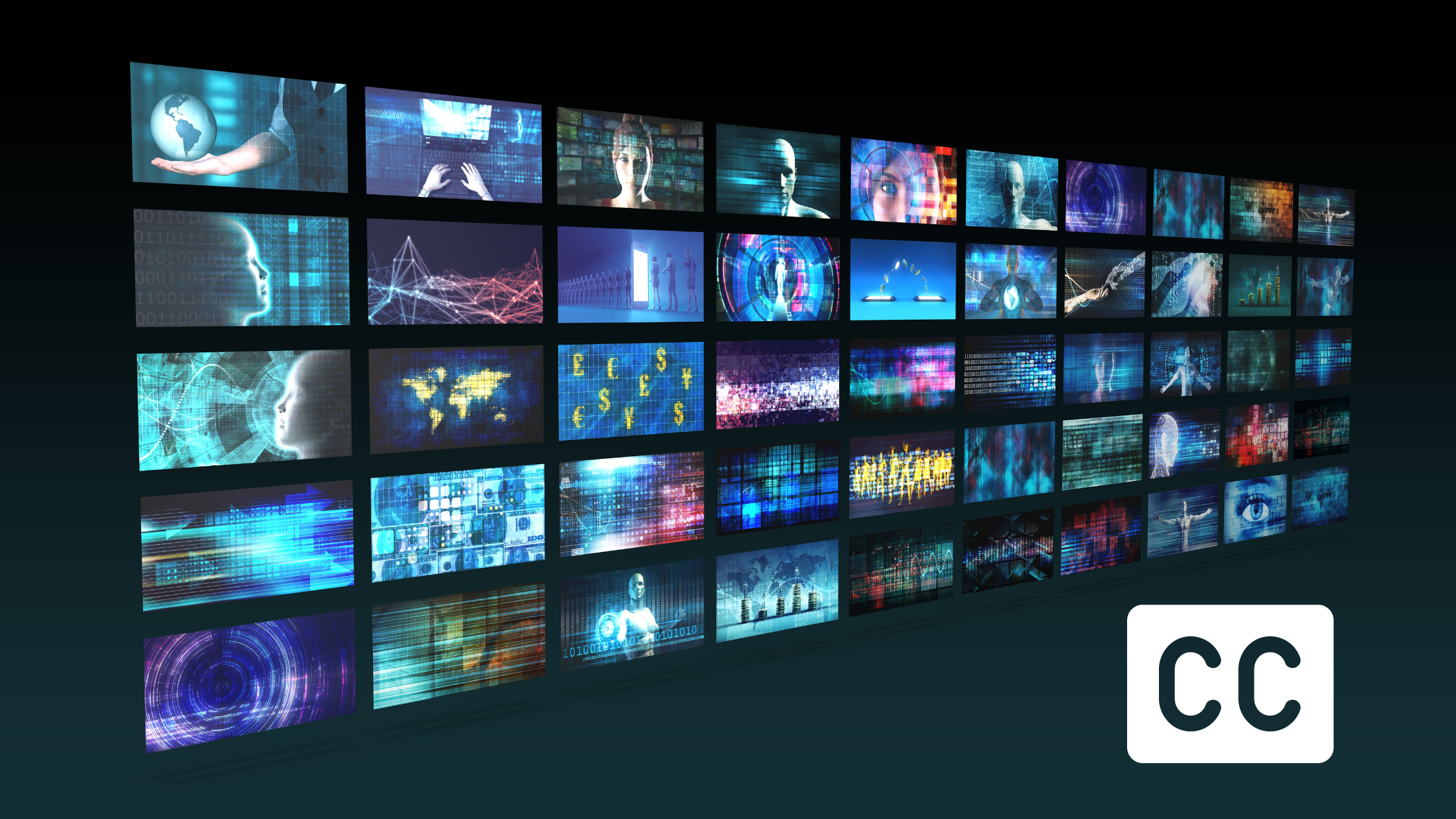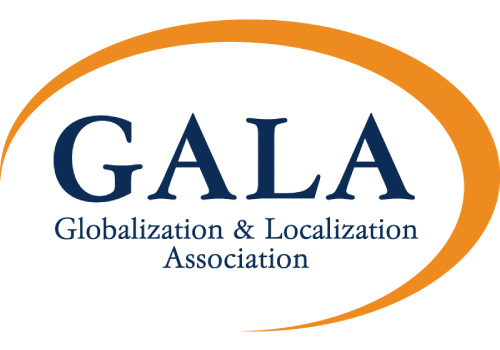In today’s world, we spend a lot of time consuming audiovisual content. Whether it is watching our favorite show or the latest video of a popular YouTube creator, it has become an essential part of our daily routine. However, for those with hearing loss, this content may not be accessible unless it is properly captioned.
The importance of captioning has been recognized since the early days of cinema when silent films were replaced by “talkies”. The end of intertitles resulted in deaf and hard of hearing individuals being unable to follow along.
Despite of some early efforts to make content accessible again to people with hearing loss, it wasn’t until the 1970s that these efforts paid off. In 1972 the first open captioned program was aired, while the closed captioning system was successfully encoded and broadcasted in 1973. Nine years later real-time captioning was developed, a process for captioning live broadcasts.
But even with the advancement that has taken place during the past 50 years, accessibility is not a reality for everyone.
The current status of captioning
It comes without saying that not all countries have the same approach to audiovisual content accessibility. Standards and law requirements may vary from one country to another, but if one reviews closed captioning regulations in the US, the UK, and the European Union, it is obvious that there is ground for improvement.
USA
The US could be considered a “pioneer” as far as audiovisual content accessibility goes. It was the country where open captions, closed captions, and live captions aired for the first time. Nowadays captioning is mandatory for almost the entirety of programs in English and Spanish that air on US television, while according to the 21st Century Communications and Video Accessibility Act (CVAA) content that has aired with closed captions on television in the US, should also be closed captioned when distributed online.
It is worth mentioning that The Americans with Disabilities Act (ADA) which prohibits discrimination against individuals with disabilities in all areas of public life, should also be taken into consideration when talking about captioning requirements. Back in 2010, ADA was the legal basis for the lawsuit the National Association of the Deaf (NAD) filed against Netflix, which resulted in the captioning of the streaming company’s entire content library.
UK
The United Kingdom is another country that has put into place a set of regulations regarding content accessibility. Under sections 303 to 305 of the Communications Act 2003, the Office of Communications (OfCom) draws up and periodically revises a code providing guidance regarding the “extent to which licensed television services should promote the understanding and enjoyment of programs by people with disabilities, and in particular people with sight and/ or hearing impairments”.
Ten-year targets are being set for accessibility services, which are being described as percentages of the service, including all programs other than advertisements and excluded programs. As far as captioning is concerned, TV channels’ obligations rise from a low level of 10% to the ten-year target of 80% of the service. The 10-year target is set at 90% of the service for Channel 3 and Channel 4, and 100% for BBC.
It is worth mentioning that the Code requires broadcasters to report annually on services’ accessibility.
EU
The Audiovisual Media Services Directive (AVMSD) governs EU-wide coordination of national legislation on all audiovisual media —traditional TV broadcasters and on-demand services. A directive is a legislative act that sets out a goal that all EU countries must achieve. However, it is up to the individual countries to devise their own laws on how to reach these goals.
More specifically, the AVMSD governs EU-wide coordination of national legislation in the following areas:
- general principles
- incitement to hatred
- accessibility for people with disabilities
- principles of jurisdiction
- major events
- promotion and distribution of European works
- commercial communications
- protection of minors
Article 7 of the Directive, which was last updated in 2018, stipulates that “The Member States shall ensure, without undue delay, that services provided by media service providers under their jurisdiction are made continuously and progressively more accessible to persons with disabilities through proportionate measures”, as well as that media service providers should report on a regular basis to the national regulatory authorities or bodies on the implementation of the above-mentioned measures.
The road ahead
A lot has been attained during the past decades in terms of content accessibility. But there are still challenges and opportunities that lie ahead.
- Multicultural societies are nowadays the norm, not the exception. However, closed captioning regulations seem to elude this fact. In the US only audiovisual content in English or Spanish that airs on TV is required to be captioned. What about the remaining 38.4% of the 67.8 million people who speak a language other than English at home, according to the Language Use in the United States: 2019 report?
- Content consumption is not limited to TV. To start with, in the UK and other European countries closed captioning regulations are only applicable to the programs that air on TV. When it comes to on-demand services the landscape is only partially regulated –if regulated at all, allowing platforms most of the time to decide for themselves if their content should be made available to the deaf and hard of hearing. The same goes for theaters, which in the US are required by law to provide people with hearing loss the necessary devices to make closed captions visible if the content is already captioned. Theaters have no obligation to make content accessible to the deaf and hard of hearing.
- Quality does matter. To make content truly accessible, captions must adhere to a minimum of qualitative standards, such as accuracy and synchronicity. The need to provide quality captions has been put forward on several occasions, which makes the lack of relevant evaluation criteria striking. OfCom’s Guidelines on the Provision of Television Access Services, for instance, state that broadcasters should regularly monitor the quality of their access services, without setting a common procedure to this end.
- There should be no boundaries to content accessibility. Captioning all the content that airs on a TV station or is available on a VOD platform is rare, particularly in Europe. In the UK captioning requirements don’t exceed the threshold of 80% of the service for most broadcasters, leaving 20% of the content inaccessible to people with hearing loss. While in the case of the European Union, no provision has been made regarding quotas or the type of content that should be captioned.
It’s clear that progress has been made during the past 50 years, but there is still a long way to go in ensuring that media content is accessible to everyone. Closed captioning needs to adjust to the new landscape, taking into account the technological and societal transformations that are taking place. And to do so, requirements and guidelines should adjust accordingly. It is an important step towards a more inclusive and accessible world.







